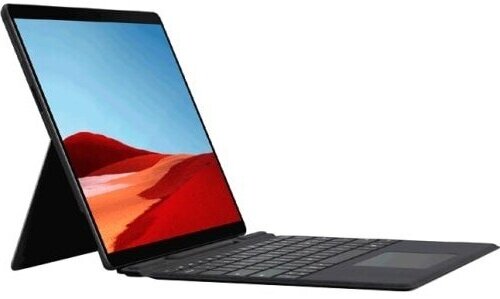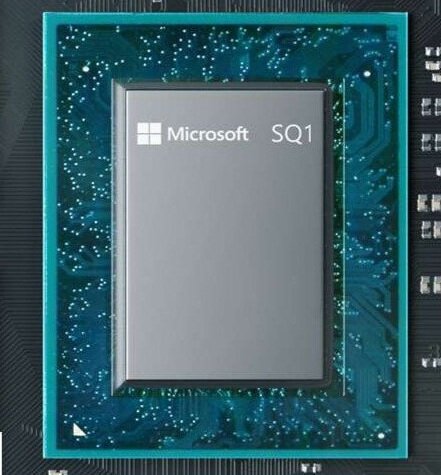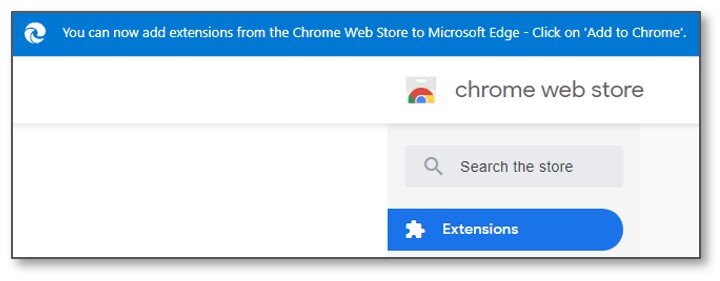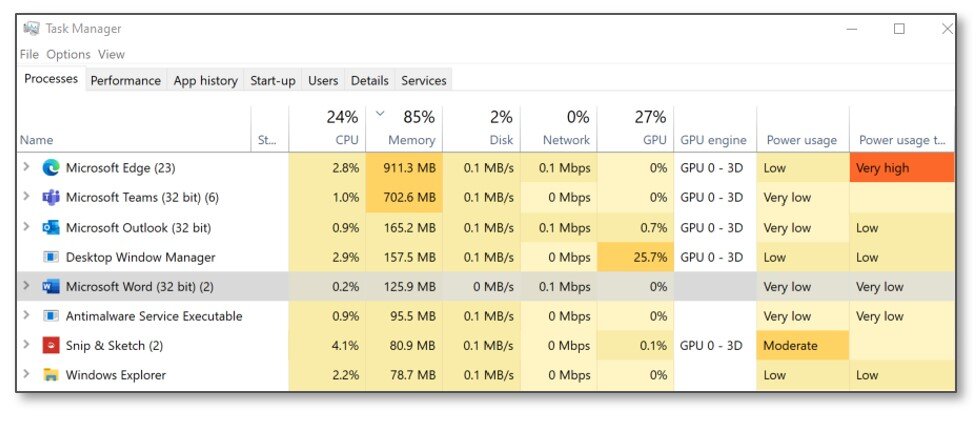
3rd time’s the charm, or is it?
“I purchased Microsoft’s Surface Pro X several months ago. Here’s my take on what’s good, what isn’t, and what I’m looking forward to.”
Back in late 2019 Microsoft decided to have another crack at delivering Windows as a mobile OS vs Windows as a desktop OS. This time partnering with Qualcomm to develop a chip more akin to a smartphone rather than an off the shelf traditional desktop offering from the likes of Intel and AMD. I consider this effort to be v3 after Windows RT and Windows Mobile with Continuum, which both attempted to run Windows on smartphone chipsets and both of which I have lived life on as my primary machine.
Is it 3rd time lucky? I think the answer is yes… and unfortunately no. Below is my real-world feedback from living life exclusively on what I will call an overgrown smartphone with a keyboard or officially called a Microsoft Surface Pro X (SPX). As with all my hardware reviews this is a real-world ownership review for a sustained period not just a thin 1-week test drive and conclusion.
Prior to this machine I was using a 2019 HP EliteBook G3 1030 with LTE. It had a touch screen, the ability to fold back into tablet mode, but not the ability to remove the keyboard. There is a lot to like about this PC but like with all PCs there is always room for improvement.
Microsoft Surface Pro X loves and hates
The first thing I love about my SPX is the fan-less design. My smartphone does not spin up fans to cool itself down and neither does my SPX. This is a far cry from my HP dual fan wind machine and a welcome change when working from a quiet home office.

The first thing I hate about my SPX is having to give up my mute key. My last 3 laptops have had mute keys and with a lot of my time spent on Microsoft Teams calls I think this is a big miss for the SPX and the entire Surface line up for that matter. Having to peck around to go on mute via the screen button is nowhere near as easy as having a dedicated mute button with a visual light.
Performance wise, the SPX does generally feel slower than my HP. This is more noticeable when connected via my USB-C dock to connect two external HD monitors along with the laptop screen. In watching the performance, the graphics card and processor appear to cope well but the RAM is right up there at 7GB or more in use most of the time. I am running the 8GB version of the SPX.
Windows as a Mobile versus Windows as a Desktop
So, what is the difference and why is this important for the future of Windows? As we all become more mobile, we all demand a longer working day from our devices. We expect more from it like higher speed Wi-Fi, integrated LTE, brighter screens and so on. Intel has tried over the years to develop lower power processors like those found in the Microsoft Surface Go and now Go 2 but has never managed to break into the ultra-low power usage of ARM processors (the ones your smartphone uses) while maintaining processing speed. The ultimate trade off.
The biggest impediment to the ARM transition is applications. Traditional apps just don’t like it. Running macros in Excel or mounting a file share drive mapping program like Citrix ShareFile that needs to run in the background in a lot of cases simply will not run.
Surface Pro X addresses ARM applications
With Windows RT, Microsoft took the approach to restrict the device to only install apps from the Windows store. This was a deal breaker for many with Chrome and other apps being absent. Fast forward to the SPX and the challenge is still the same; however, a useful workaround is available to get us through the transition this time.

The SPX can run 64-bit ARM compiled apps (apps built to run on ARM natively) and can also emulate 32-bit legacy apps. This emulation comes at a cost though. Performance is a little slower, battery life is decreased and in some cases the app simply fails to emulate. The good news is each week the number of apps being recompiled for ARM is increasing and the gap is narrowing. There is even talk of 64-bit legacy app emulation on the way in 2020 to further bridge the gap.
A great example is Chrome. I could choose to run Chrome 32-bit emulated and it would run OK, but now I can now run Edge Chromium, which is natively compiled for ARM 64-bit. Edge even allows me to install Google Chrome plugins so no missing out there. In a web-centric world the browser experience is king, and Edge Chrome is a massive step forward from the pre-installed version of Edge that was originally shipped with my SPX.
Getting up and running with Surface Pro X
The out of the box experience could have been better, but generally speaking it worked as designed. For this unit I was keen on enrolling it as a corporate owned device rather than a BYO. Upon first boot I entered my Microsoft account details using my work email address. Unfortunately, the response was ‘no account found.’ I then had to revert to using my personal email address to get ‘setup.’
After booting up under my personal account I contacted our helpful support team to find out what had gone wrong and why it would not accept my work email. In the end we established the Surface Pro X was running Windows 10 Home not Windows 10 Enterprise. Without an enterprise licence the Azure AD lookup does not work and therefore it cannot register the device to our device management platform, Intune. Interesting. A quick licence key swap out and I was ready to try again.
I decided to completely reset the SPX to experience the out of box process with an enterprise licence key now in place. 2nd time around I entered my work email and, hey! Presto, away we went.
Our corporate cloud configuration was pushed to me and my device was ready for use. Excited to now see that Ingram Micro are supporting Autopilot on Microsoft Surface devices including the Surface Pro X so together with our Zero Touch service offering, first run problems for enterprise deployment should be a thing of the past.
General notes about the Surface Pro X
I held back on writing this article until the 2nd round of firmware for the SPX was released to give it a fair report card. With the firmware arriving a couple of weeks ago it has addressed the crashing issue I was experiencing with Teams, with most (not all) of the random restarts and with a screen dimming issue, overall I am now happier with the device than the day I purchased it.
Since owning the device I have noted the following:
-
Running Edge Chromium big step up from standard Edge. As a long-time Chrome user, I can report I have not even installed Chrome and do not miss it.
-
@Last pass, @bit.ly, @triggr and @lusha browser plugins all work fine given you can install them from the Google Chrome plugin store.

-
Netflix is great and I look forward to using it again whenever I am allowed back in the sky.
-
To my surprise the device comes with both eSIM and a hard SIM. I am looking forward to setting this up for dual country data use between Australia and New Zealand (Whenever Mr Covid goes away that is).
-
The device is a bit sluggish with a Teams meeting, 10+ Edge tabs, Outlook, Word and 3 screens running which is my norm when working from home. Nothing to the point I would swap the device out for, however.
-
PDF preview in Outlook is still not working correctly even after installing the Universal Windows Platform (UWP) version of Adobe and the full version running in 32-bit emulated mode.
-
Sim insert was very easy with a hole poke the same as is on most phones.
-
Overall, only slightly slower than my 2019 Core i5 HP that I came from.
-
RAM was maxing out before the latest firmware update and I suspect that was causing some random crashing. This appears to have settled down a bit and I think with each iteration of ARM compiled apps it will continue to reduce. If I were going to buy again, I would probably opt for the 16GB version.
-
I would like to better understand what apps are emulating and which ones are ARM compiled as there is some confusion around the Office suite of apps as they all appear as 32-bit in task manager but apparently are not fully emulated. Chromium Edge is the exception.
-
Boot time is awesome and Windows Hello is noticeably faster than my HP ever was.

Surface X Pro experience summed up
In the first few weeks of ownership I was considering taking it back. Now a couple of months and updates on I am looking forward to keeping it and watching it get better with time as the ARM compiled apps mature.
Good job Microsoft.
I think 3rd time is a charm and mobile computing on Windows 10 might just be here to stay this time around.






